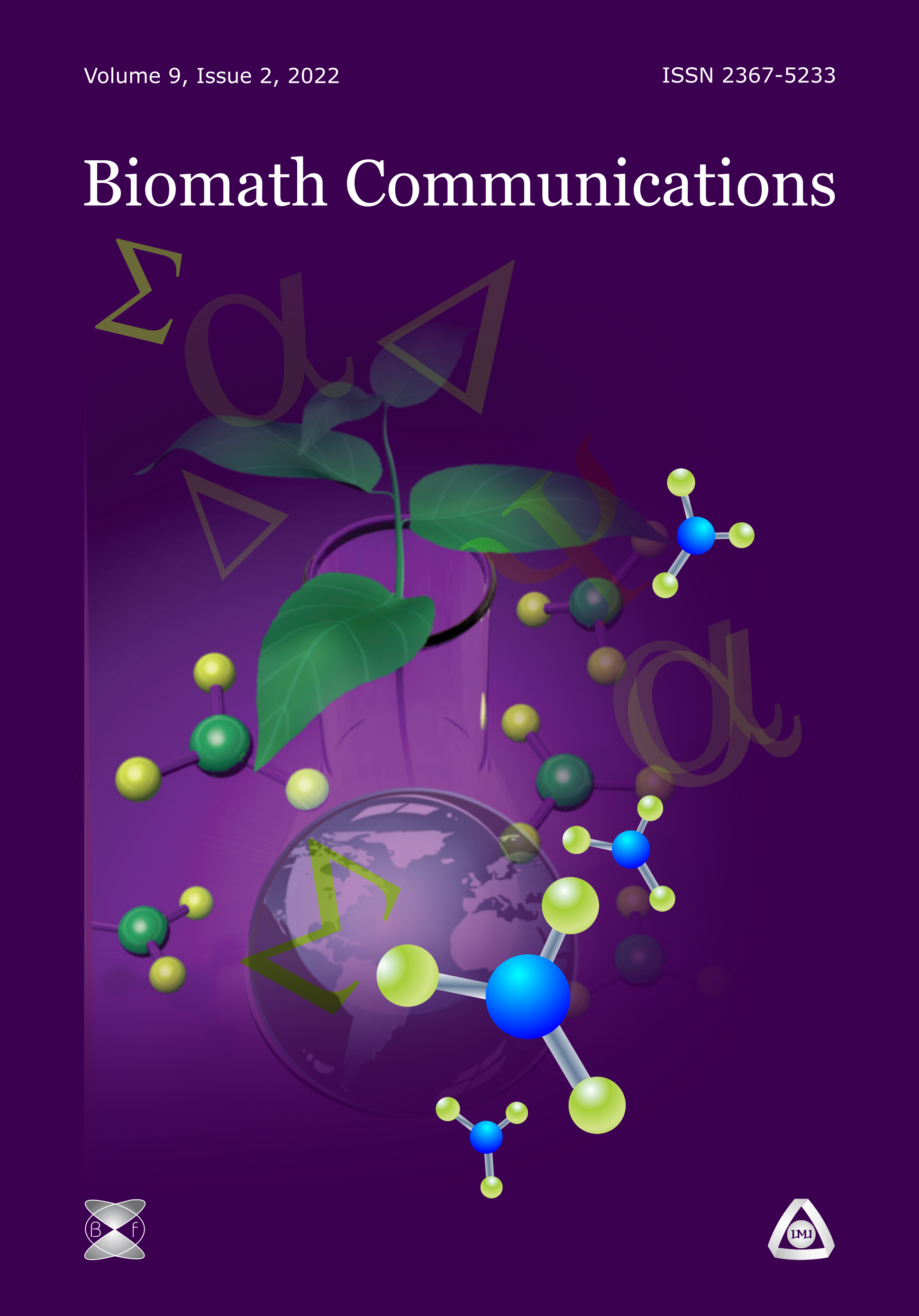Nonstandard Discretizations in Cancer Modeling
DOI:
https://doi.org/10.11145/64Abstract
Diffusion equations have been extensively studied in biosciences, contrary to cross-diffusion equations, which are more challenging from both the mathematical analysis and numerical analysis point of view. Yet, they arise naturally in cancer modeling, as seen from the book mentioned in [2]. We consider two models for cancer growth defined by cross-diffusion equations, which have positive solutions: a model for angiogenesis or classical malignant invasion [1] and a complex model for lymphangiogenesis [2]. In the two models, the underlying point is that the evolution of the tumor cell occurs in a cross-diffusive manner, which makes it difficult for nonstandard finite difference (NSFD) schemes constructed for diffusion equations to be suitable. We then design NSFD schemes that replicate the positivity of solutions by introducing a special numerical treatment of the cross-diffusion terms, combined with Mickens’ rules of complex denominator function of discrete derivatives and nonlocal approximation of nonlinear terms. We provide numerical experiments that confirm the reliability of the NSFD schemes.
[1] B.P. Marchant, J. Norbury and A.J. Perumpanan, Traveling ShockWaves Arising in a Model of Malignant Invasion, SIAM J. Appl. Math. 60 (2000), 463–476.
[2] M. Pepper and G. Lolas, The Lymphatic Vascular System in Lymphangiogenesis, Invasion and Metastasis: A Mathematica Approach, in: N.Bellomo, M. Chaplain and E. De Angelis (eds), Selected Topics in Cancer Modeling: Genesis, Evolution, Immune Competition and Therapy, Birkhauser, Berlin, 2008, pp. 255–276.В
Downloads
Published
Issue
Section
License
The journal Biomath Communications is an open access journal. All published articles are immeditely available online and the respective DOI link activated. All articles can be access for free and no reader registration of any sort is required. No fees are charged to authors for article submission or processing. Online publications are funded through volunteer work, donations and grants.
Authors who publish with this journal agree to the following terms:
- Authors retain copyright and grant the journal right of first publication with the work simultaneously licensed under a Creative Commons Attribution License 4.0 that allows others to share the work with an acknowledgement of the work's authorship and initial publication in this journal.
- Authors are able to enter into separate, additional contractual arrangements for the non-exclusive distribution of the journal's published version of the work (e.g., post it to an institutional repository or publish it in a book), with an acknowledgement of its initial publication in this journal.
- Authors are permitted and encouraged to post their work online (e.g., in institutional repositories or on their website) prior to and during the submission process, as it can lead to productive exchanges, as well as earlier and greater citation of published work (See The Effect of Open Access).

